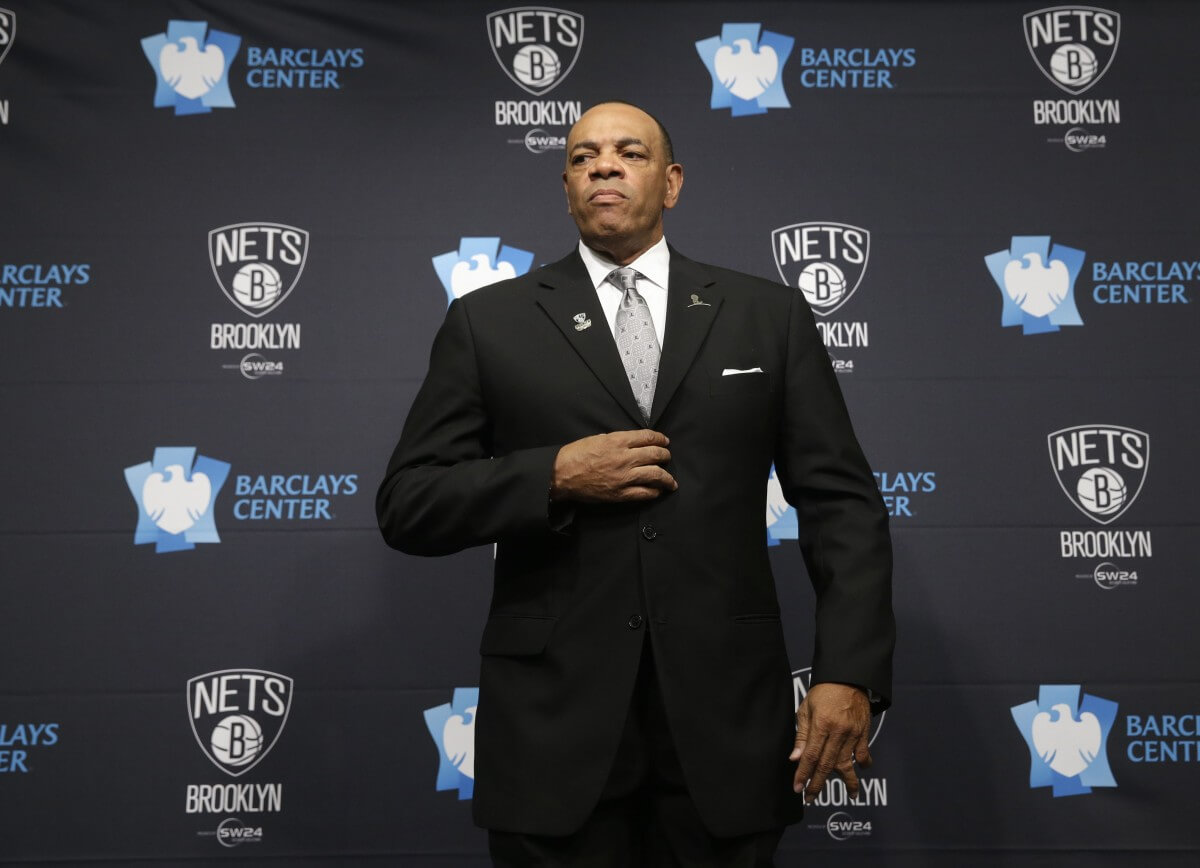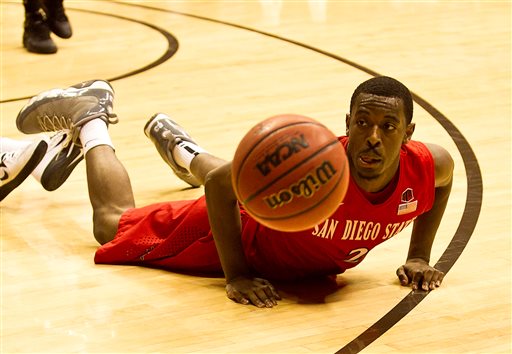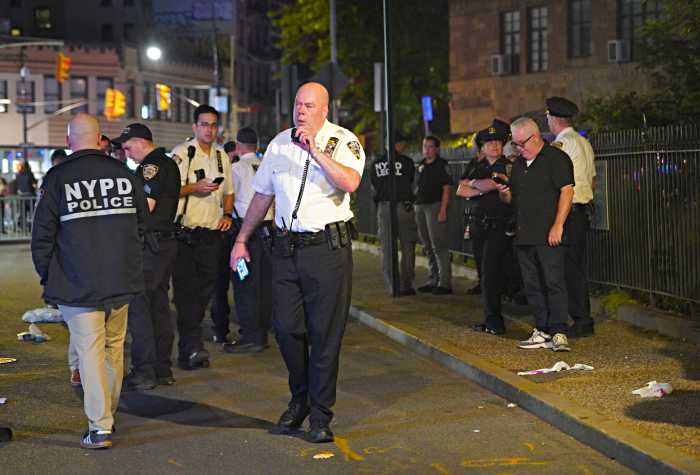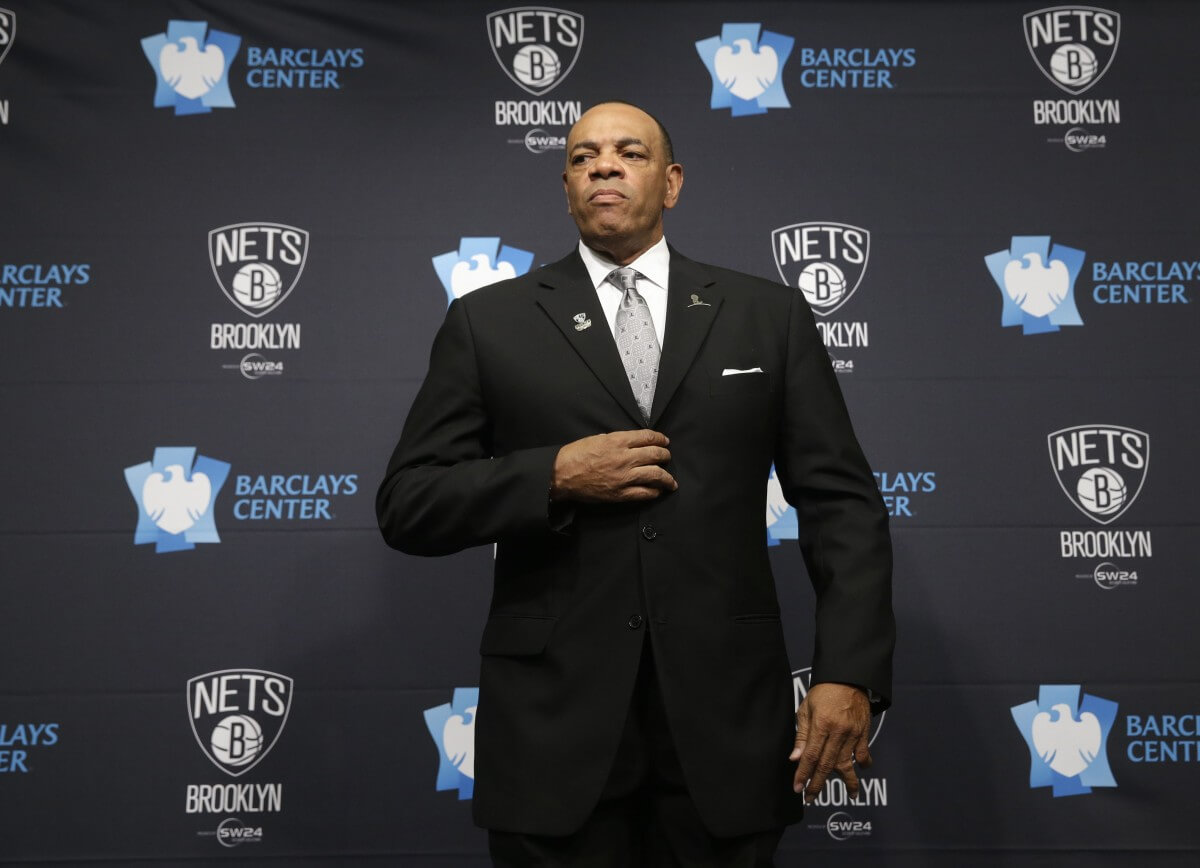
Jason Kidd and the Brooklyn Nets franchise seemed destined for a long-term relationship before the association disintegrated in late June. Kidd demanded more power, The Nets said no, and before most Nets fans processed it all, the Nets traded Kidd to the Milwaukee Bucks for a pair of 2nd-round draft picks, and Lionel Hollins was introduced as the new Nets head coach.
Fast forward early into this season, The Nets are struggling while the Bucks exceed their low expectations. But, last year taught us how quickly things can turn around once a coach and team can find a style that works.
Since it’s a mere ten games into the season, it’s unfair to show what both coaches want from their team night in and night out. For example, I sincerely doubt Hollins plans for the roll man to be so open when Lopez or Plumlee defend a pick-and-roll. Kidd likely desires a little more from the team’s 27th rated offense at 101.5 points per possessions.
Since it’s a trifle early to describe each coach’s anticipated style of play, and because, frankly, The Brooklyn Game is never afraid to get a little weird, let’s take a look at each coach’s personal style and how it relates to both the on-and-off court product.
Jason Kidd
The younger Kidd, who played with today’s generation of players, prefers a snugger, more modern fit. His dress shirts, nearly always worn without a tie, stretch from the traditional whites and pale blues to muted pastels.
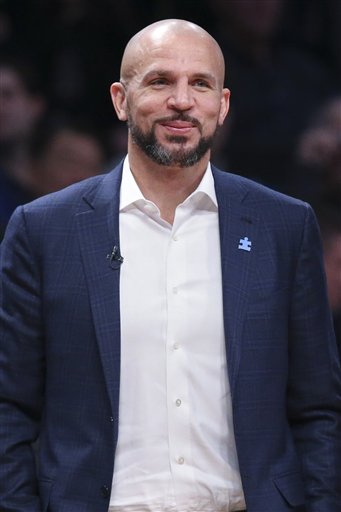
Kidd’s choice in suits befit the coach: as men’s fashion abandons traditional norms towards the mantra “wear what you want,” so does Kidd’s brand of position-less basketball, allowing gifted rangy athletes like Shaun Livingston and Giannis Antetokounmpo to play “where they want.”
In fact, when he abandoned tradition and ditched the tie, his team turned around its 10-21 season playing an unconventional defense termed long ball. This unconventional defense put his five best players on the floor and utilized the team’s length and experience at the wing positions to switch defensive assignments on the fly as the team aggressively gambled for turnovers.
Just as he fearlessly matches patterned shirts and suits, on offense, he looks for the mismatch: None better than the 6’11″ Antetokounmpo, who maintains the quickness and ball handling of a guard, and is able to wreak havoc by taking a nominal power forward off the dribble.
Defense, so far, is where Kidd seems to shine. Milwaukee enters tonight with the fifth-rated defense. How Kidd uses Jabari Parker helps tell the story.
Parker, who came with baggage on the defensive end, has been put in a better position to succeed using his tweener size and speed to defend the perimeter and gamble for steals. The rookie, despite growing pains and a noted difficulty tracking his defender, is averaging 1.1 steals per game contributing to the league’s 8th best turnover rate on defense (according to Basketball Reference).
The defense allows a host of rangy and quick perimeter players to rotate along the floor, but, like Kidd’s fashion sense is rooted in tradition. Kidd – not adverse to a window pane or chalk stripe suit – still goes with the traditional navy blues and shades of grays common of the banking industry, much like his defense is anchored by a traditional rim protector in Larry Sanders.
Lionel Hollins
Like his lineups, Hollins’s suit styles lean traditional. His suit is generally solid, employing a looser-fitting variation of navys and grays that a generation of men wore on their way to work each day.
Hollins also plays the larger lineups our fathers grew up with, keeping players like Lopez, Plumlee, Garnett and Jerome Jordan on the floor at all times. Tweeners like Kirilenko and second-round draft pick Markel Brown have struggled to see the floor.
Hollins’s old-school style seems to fit this club. He brought over parts of Jerry Sloan’s flex offense, principles of which have been taught in high school gyms for decades. Despite uneven play and mindless stretches where flex sets are abandoned, The Nets are more productive offensive team under Hollins, scoring at an efficient clip of 108.7 points per possession. This offense recognizes that the team possesses a bevy of shooters to cut and find open shots, and the larger bodies to set a series of screens to free his best offensive players for open looks.
But the button-downed Hollins staked his reputation on defense, and as the team’s defense teeters at the bottom third of the league, it will be interesting to see Hollins’s next move.
One thing’s for sure: Hollins will lose his mind before he ditches his stylish set of ties, but he has shown a willingness to abandon his traditional big man lineup if his team struggles on either end. There have been a few lineups that feature Joe Johnson in the four spot, once notably to close their last win, against the Orlando Magic.
Currently, Hollins is running a variation of Thibodeau’s strong-side isolation zone, but he’s been known to throw a wrinkle in the defense with the same flair he uses with a pocket square or lapel pin.
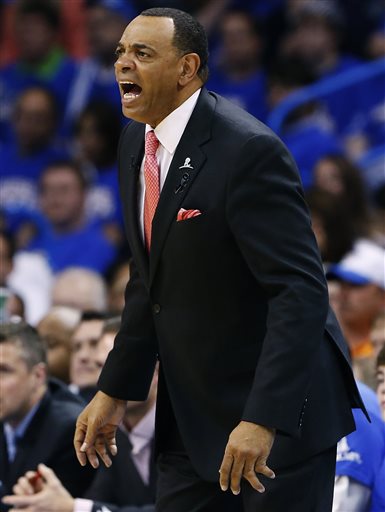
Hollins will continue to scream as loudly as his pink ties until this team learns his defensive principles (the naked eye catches a ton of miscues), but he may need to pare some assignments back. Jack loses his off-the-ball assignment quicker than Hollins loses his cool. Lopez’s struggles away from the basket are well documented. It is how Hollins adjusts, and he’s shown a willingness to do so in his brief tenure, that will ultimately determine if the Nets are better off with their new coach.
Who wore it best?
Tonight we see if Kidd’s modern philosophy to lineups and fashion is the better course for an NBA franchise. Or is this team better off with Hollins’s flair in the media room, on the sideline, and certainly in his selection of ties and pocket squares?
Tonight’s contest won’t tell the full story, but the results at the end of the season may begin to tell us the full effects of Kidd’s departure from Brooklyn and his true value as a head coach.

